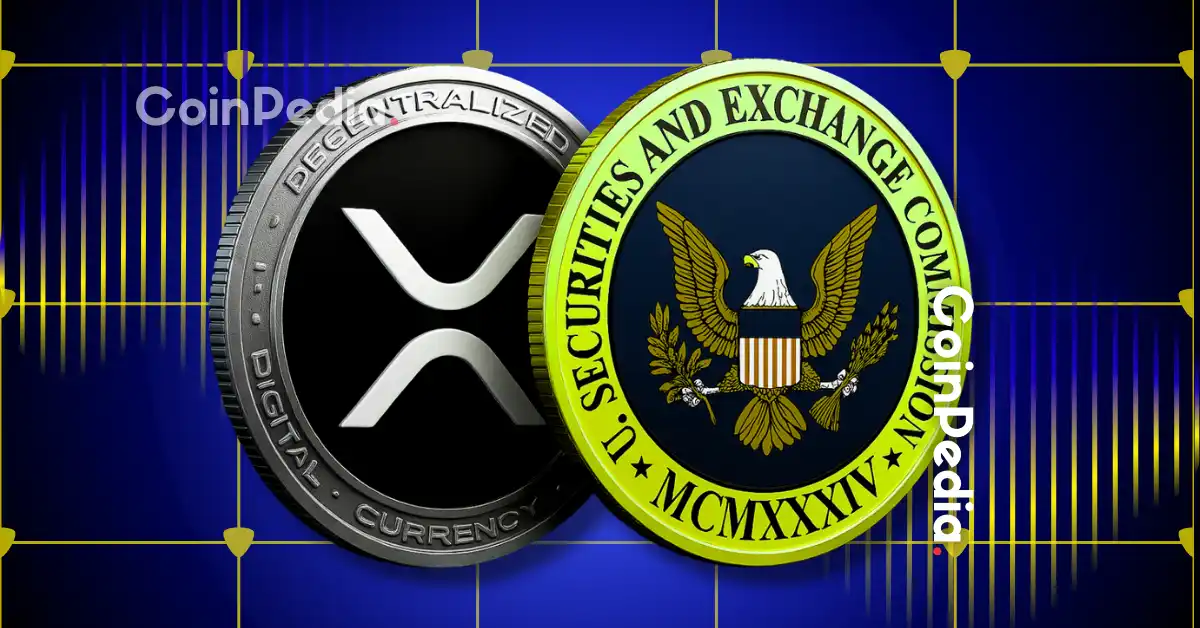Navigating the Regulatory Minefield: The Rise and Challenges of XRP
Introduction: The Crypto Conundrum
The cryptocurrency landscape is a paradox of innovation and uncertainty. On one hand, digital currencies promise to revolutionize finance, offering decentralized, borderless transactions that challenge traditional banking systems. On the other, this burgeoning industry operates in a regulatory gray area, where the rules are still being written. At the center of this storm is Ripple and its cryptocurrency, XRP, a case study in the complexities of crypto regulation.
The Security Dilemma: When Innovation Meets Regulation
The most pressing question in the crypto world is whether digital assets are currencies, commodities, or securities. This classification determines the regulatory framework under which they operate. The ambiguity stems from the fact that many crypto projects launch without clear guidance, leaving them vulnerable to legal challenges.
The U.S. Securities and Exchange Commission (SEC) has been at the forefront of this debate, applying the Howey Test to determine if a crypto asset is a security. The Howey Test, derived from a 1946 Supreme Court case, asks whether an investment involves a common enterprise with profits derived from others’ efforts. If the answer is yes, the asset is likely a security, subject to stringent regulations.
For crypto ventures, this means navigating a minefield. Misclassification can lead to severe penalties, including fines, cease-and-desist orders, and even criminal charges. The lack of clear guidelines has led to a patchwork of legal interpretations, creating an environment where some projects proceed without proper registration, risking future legal repercussions.
Ripple and XRP: A Legal Battleground
Ripple’s XRP has become a poster child for the crypto regulatory debate. The SEC sued Ripple in December 2020, alleging that XRP was an unregistered security. The lawsuit argued that Ripple sold XRP with the promise of profits derived from the company’s efforts to develop the XRP ecosystem, fitting the Howey Test’s criteria for a security.
Ripple, however, maintained that XRP is a currency and a technology for cross-border payments, not an investment contract. The legal battle that followed was complex, involving extensive discovery, expert testimony, and legal maneuvering. A key point of contention was whether Ripple had created reasonable expectations of profit for XRP buyers.
The SEC pointed to Ripple’s marketing materials and public statements as evidence of such expectations. Ripple countered that XRP’s price was influenced by market factors beyond its control, not solely by the company’s actions. The case highlighted the challenges of applying traditional securities laws to a novel, decentralized technology.
A Partial Victory and the Road Ahead
In July 2023, a U.S. court ruled that XRP is not a security when sold to retail investors on exchanges. This was seen as a partial victory for Ripple and the crypto industry, providing some clarity on XRP’s regulatory status. However, the court also ruled that XRP was a security when sold directly to institutional investors.
The SEC’s subsequent attempt to appeal this ruling was dismissed, further solidifying Ripple’s position. This dismissal removed a significant regulatory hurdle for XRP, potentially paving the way for greater adoption and utilization. However, the legal battle is not entirely over. The court still needs to address remaining claims related to Ripple’s individual executives, and the SEC could pursue other legal avenues to challenge XRP’s status.
Market Impact and XRP’s Utility
The resolution of the SEC lawsuit has significant implications for market makers and XRP’s utility. Market makers provide liquidity to exchanges, ensuring smooth trading. The regulatory uncertainty surrounding XRP had previously deterred some market makers from actively participating in XRP markets, fearing legal repercussions.
With the dismissal of the SEC’s appeal, this regulatory overhang has been largely removed, potentially attracting more market makers. Increased liquidity could lead to tighter spreads, reduced volatility, and improved price discovery for XRP.
Moreover, the regulatory clarity surrounding XRP could unlock its potential for cross-border payments. Ripple has long promoted XRP as a faster and cheaper alternative to traditional payment systems. The removal of regulatory hurdles could accelerate its adoption by financial institutions and payment providers, enhancing its utility in the global financial system.
Broader Implications for the Crypto Industry
The Ripple case has broader implications for the entire crypto industry. It underscores the need for regulatory clarity and a balanced approach that fosters innovation while protecting investors. The case also highlights the challenges of applying existing securities laws to novel crypto assets and the need for tailored regulations that address the unique characteristics of this emerging technology.
The outcome of the Ripple case could influence the SEC’s approach to regulating other crypto assets and shape the future of crypto regulation in the United States and globally. Other crypto ventures will likely analyze the Ripple case to navigate the regulatory landscape more effectively.
Conclusion: The Future of Crypto Regulation
The journey of Ripple and XRP serves as a powerful reminder of the challenges and opportunities in the crypto world. While the partial victory in the SEC lawsuit represents a significant step forward, the regulatory landscape remains uncertain and dynamic. Crypto ventures must remain vigilant, proactive, and committed to compliance to navigate this complex terrain successfully.
The future of crypto regulation will likely involve a delicate balancing act between fostering innovation and protecting investors. As the industry matures and regulatory frameworks evolve, stakeholders must engage in constructive dialogue to shape a regulatory environment that promotes responsible innovation and sustainable growth. The “Kings of Crypto” must learn to navigate the regulatory minefield with wisdom and foresight, or risk being dethroned by the ever-changing tides of the law.











